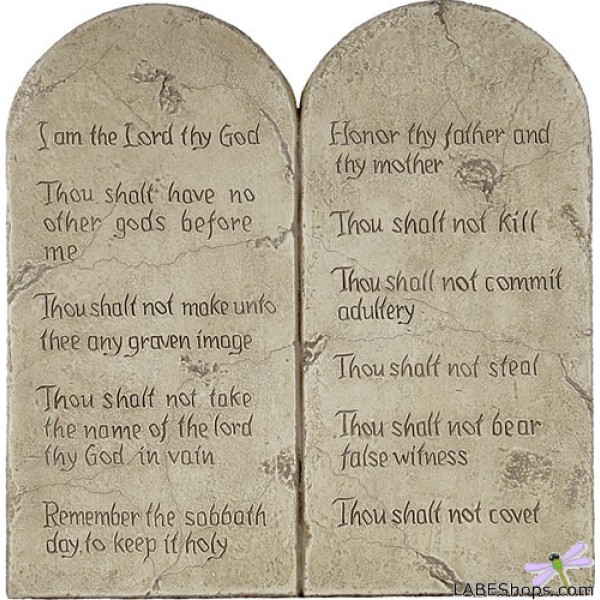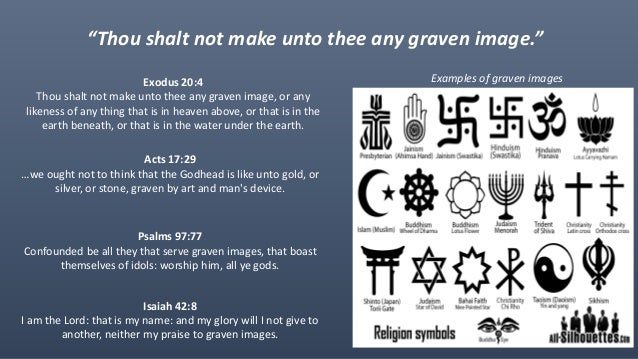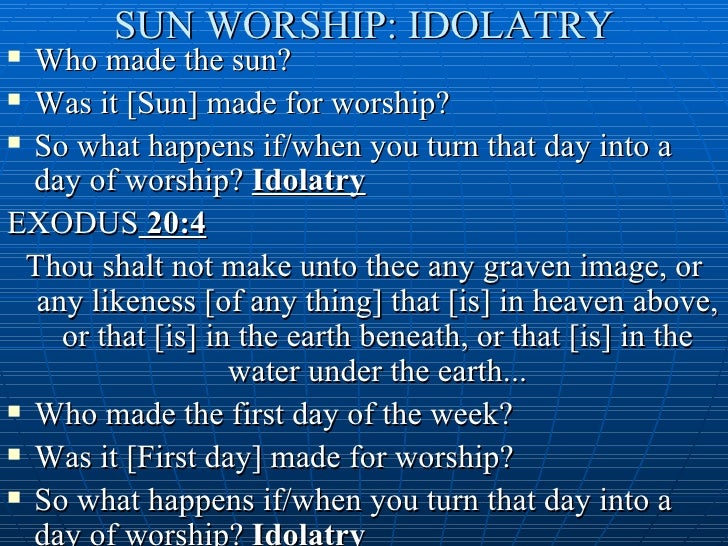
Roughly, there are two major approaches towards the divisions of the commandments. You shall set up these stones, which I command you today, on Aargaareezem. Or his slaves, or his animals, or anything of thy neighbour Thou shalt not covet thy neighbour's wife Thou shalt not covet thy neighbour's house Thou shalt not bear false witness against thy neighbour Remember the sabbath day, to keep it holy Thou shalt not take the name of the Lord thy God in vain Thou shalt not make unto thee any graven image

Some suggest that the number ten is a choice to aid memorization rather than a matter of theology. Numbering Īlthough both the Masoretic Text and the Dead Sea Scrolls show the passages of Exodus 20 and Deuteronomy 5 divided into ten specific commandments with spaces between them, many Modern English Bible translations give the appearance of more than ten imperative statements in each passage.ĭifferent religious traditions divide the seventeen verses of Exodus 20:1–17 and their parallels in Deuteronomy 5:4–21 into ten commandments in different ways, shown in the table below.

#THOU SHALT NOT WORSHIP ANY GRAVEN IMAGE FULL#
Moses Breaking the Tablets of the Law (1659) by RembrandtĪfter the full forty days, Moses and Joshua came down from the mountain with the tablets of stone: "And it came to pass, as soon as he came nigh unto the camp, that he saw the calf, and the dancing: and Moses' anger waxed hot, and he cast the tablets out of his hands, and brake them beneath the mount." After the events in chapters 32 and 33, the L ORD told Moses, "Hew thee two tablets of stone like unto the first: and I will write upon these tablets the words that were in the first tablets, which thou brakest." "And he wrote on the tablets, according to the first writing, the ten commandments, which the L ORD spake unto you in the mount out of the midst of the fire in the day of the assembly: and the L ORD gave them unto me." These tablets were later placed in the ark of the covenant. 13 And Moses rose up, and his minister Joshua: and Moses went up into the mount of God. Īnd the L ORD said unto Moses, Come up to me into the mount, and be there: and I will give thee tablets of stone, and a law, and commandments which I have written that thou mayest teach them. Moses escorted a select group consisting of Aaron, Nadab and Abihu, and "seventy of the elders of Israel" to a location on the mount where they worshipped "afar off" and they "saw the God of Israel" above a "paved work" like clear sapphire stone. The people were afraid to hear more and moved "afar off", and Moses responded with "Fear not." Nevertheless, he drew near the "thick darkness" where "the presence of the Lord" was to hear the additional statutes and "judgments", all which he "wrote" in the " book of the covenant" which he read to the people the next morning, and they agreed to be obedient and do all that the L ORD had said. Modern biblical scholarship differs as to whether Exodus 19–20 describes the people of Israel as having directly heard all or some of the decalogue, or whether the laws are only passed to them through Moses. After "the L ORD came down upon mount Sinai", Moses went up briefly and returned to prepare the people, and then in Exodus 20 "God spoke" to all the people the words of the covenant, that is, the "ten commandments" as it is written. On the morning of the third day of their encampment, "there were thunders and lightnings, and a thick cloud upon the mount, and the voice of the trumpet exceeding loud", and the people assembled at the base of the mount. The biblical narrative of the revelation at Sinai begins in Exodus 19 after the arrival of the children of Israel at Mount Sinai (also called Horeb). The stone tablets, as opposed to the ten commandments inscribed on them, are called לוחות הברית, Lukhot HaBrit, meaning "the tablets of the covenant".ġ896 illustration depicting Moses receiving the commandments Most major English versions use the word "commandments". The Geneva Bible used "ten commandments", which was followed by the Bishops' Bible and the Authorized Version (the "King James" version) as "ten commandments". The Tyndale and Coverdale English biblical translations used "nine verses". This term is also sometimes used in English, in addition to Ten Commandments.

In the Septuagint (or LXX), the "ten words" was translated as "Decalogue", which is derived from Greek δεκάλογος, dekalogos, the latter meaning and referring to the Greek translation (in accusative) δέκα λόγους, deka logous. In all sources, the terms are translatable as "the ten words", "the ten sayings", or "the ten matters". In Biblical Hebrew, the Ten Commandments, called עשרת הדיברות ( transliterated aseret ha-dibrot), are mentioned at Exodus 34:28, Deuteronomy 4:13 and Deuteronomy 10:4. It is dated to the early Herodian period, between 30 and 1 BC Part of the All Souls Deuteronomy, containing the oldest extant copy of the Decalogue.


 0 kommentar(er)
0 kommentar(er)
